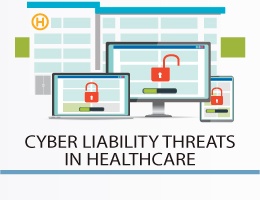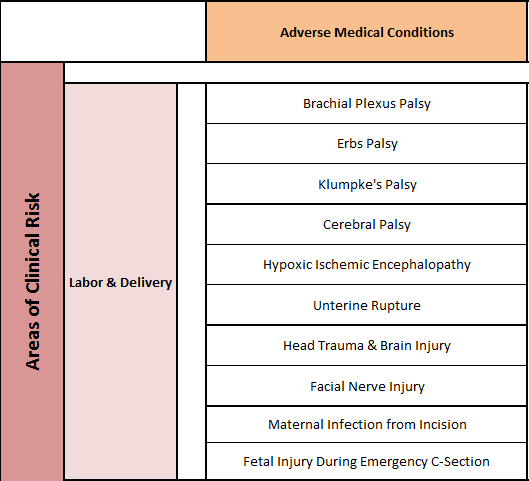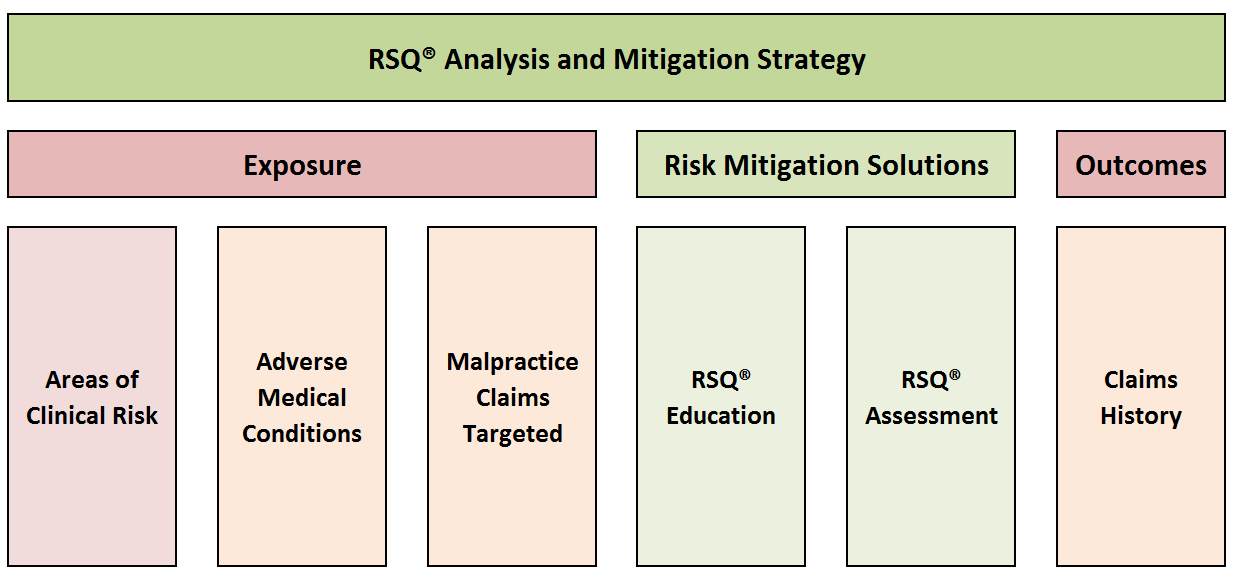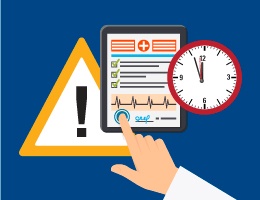
Most physicians are aware that there is a duty to provide reasonable care in the patient-physician relationship. Typically, malpractice liability does not extend to anyone outside of that relationship. However, there are certain extraordinary circumstances in which a physician may have an obligation to a third party, one that is outside the patient-physician relationship.










